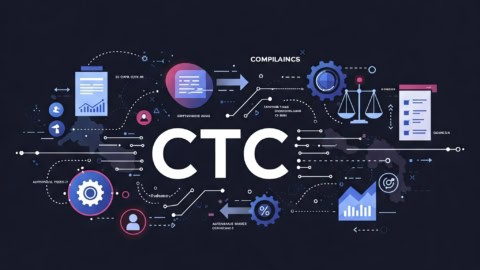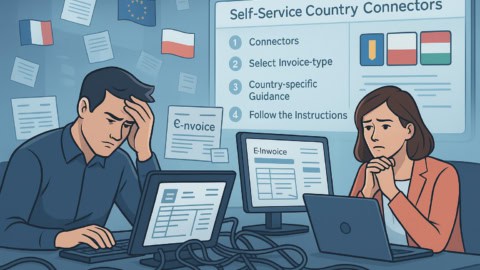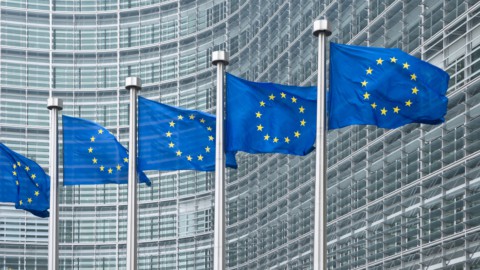The use of e-invoices in Switzerland is by no means new; various e-invoice standards in B2C, B2B and B2G have been in use for over 20 years. In terms of current prevalence, Switzerland ranks somewhere in the middle globally. However, a common standard for hybrid invoices has been lacking to date. Switzerland now wants to change this. Since the beginning of 2020, official bodies have recommended the use of a hybrid invoice format based on the German-French ZUGFeRD/Factur-X standard.
So what does this mean in concrete terms?
Hybrid e-invoices – man and machine-friendly
So-called ‘hybrid’ e-invoices are easy to understand. Such documents can be read and archived by humans as well as automatically processed by machines. Essentially, a hybrid invoice is an e-invoice in PDF format, in which structured invoice data is embedded in the form of an XML file. This holds several benefits for the recipient, allowing them to:
- print PDFs and process them as paper invoices
- integrate PDF documents into existing workflow processes
- process XML files automatically
ZUGFeRD/Factur-X was introduced as a standard for hybrid e-invoices in Germany and France at the beginning of 2018 as part of a German-French cooperation and is internationally compatible. ZUGFeRD 2.0 (the previous German standard) and Factur-X are technically identical.
Currently the PDF/A-3 format is used with an embedded XML file based on UN/CEFACT Cross Industry Invoice. This offers the following advantages:
- Suitable for long-term archiving
- EU conformity (EN standard 16931 is fulfilled)
- International compatibility
- Equally suitable for SMEs and larger corporations
- ZUGFeRD has already been used in various industries since 2014
ZUGFeRD/Factur-X invoices can be sent directly or via service providers such as ecosio. The service provider then takes care of the secure electronic delivery of the invoice data to all customers, as well as validation and possible conversion from a sender’s format. On the recipient side, the invoices are validated and checked, converted into the in-house format and archived.
ZUGFeRD/Factur-X is now also in Switzerland
A specially created working group of GS1 Switzerland came to the conclusion that given the advantages of ZUGFeRD/Factur-X mentioned above, all the necessary criteria for a common hybrid invoice format are also fulfilled in Switzerland.
This standard is now officially recommended.
However, it is not intended to replace existing EDI procedures. In Switzerland, the EDIFACT EANCOM standard is still popular for merchandise management and operating cost calculations. However, if it cannot be used, ZUGFeRD/Factur-X should be used as a simple alternative and hybrid invoice to replace paper invoices in the long term.
The advantages of ZUGFeRD/Factur-X
For both billers (suppliers or service providers) and bill recipients, this results in some exciting advantages. Not only are savings made on paper and postage costs and processing work.
Benefits for billers:
- Savings in process costs (no printing, packaging, postage etc.)*
- Quota increase of the automated allocation of payments to the corresponding invoices
- Payment is received earlier by the customer due to the efficient invoice verification process
- Reduced reminder and clarification effort
- Legally compliant invoice archiving
- Increased customer satisfaction and loyalty due to process and system integration
*In real terms this can mean a savings potential of between CHF 1.50 and 4.00 per invoice.
Benefits for invoice recipients
- Savings in process costs (automated order allocation)
- Unpacking and stamping of paper invoices is no longer necessary
- No manual invoice entry (or scanning or OCR) required
- More efficient invoice verification, payment processes and account assignment
- Reduced downtimes
- Faster availability of data
- No physical archive necessary
Savings of CHF 5.00 up to 50.00 per invoice are possible here – depending on the complexity of the invoice control processes and the number of approval levels.*
Further information can also be found on the GS1 Switzerland website.
*Source: Electronic hybrid invoice PDF with XML. GS1 Switzerland.
Are you aware of our free XML/Peppol document validator?
To help those in need of a simple and easy way to validate formats and file types, from CII (Cross-Industry Invoice) to UBL, we’ve created a free online validator.
Want more information?
At ecosio we’re more than happy to help you successfully implement and deploy ZUGFeRD/Factur-X and support you in exploiting all the advantages of hybrid e-invoices in your company. Contact us today for more information.














